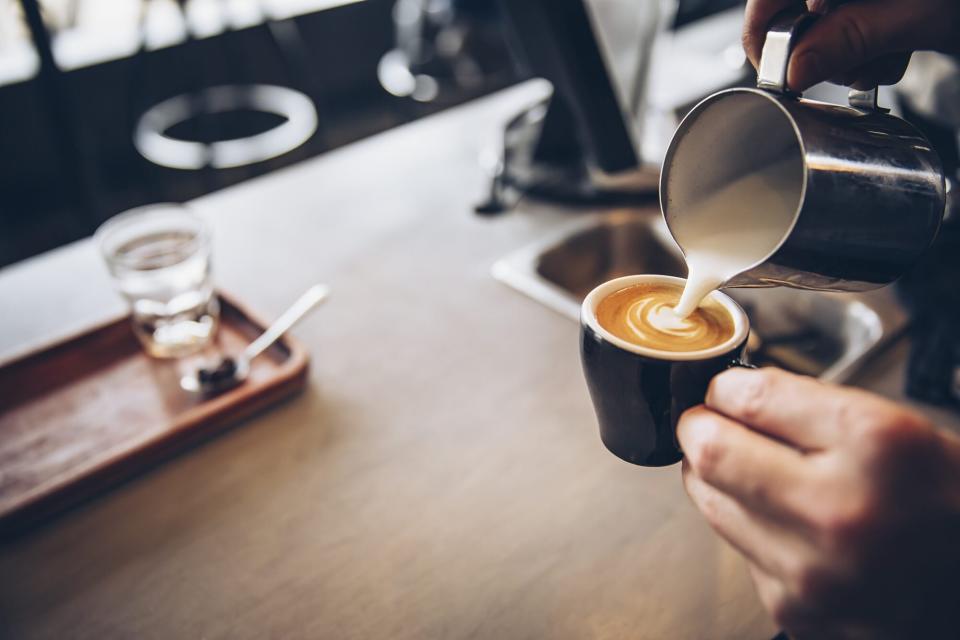Researchers Just Discovered the Secret to Making the Perfect Espresso Shot—and It Requires Fewer Coffee Beans

If you're a coffee aficionado, you'd probably agree that there's nothing better than getting a tasty cup of joe for a good deal. According to new findings on ScienceDaily, researchers just discovered the secret to the very-best shot of espresso. In a study initially shared in the journal Matter, experts revealed that using less, more coarsely ground coffee beans when brewing espresso can give you the same strong coffee taste you love at a more affordable cost. Even better, this method delivers more consistent flavor with every shot of espresso.

Getty / Inti St Clair
Christopher Hendon, the co-senior author for the study and computational chemist at the University of Oregon, mentioned that leaders in the coffee business making minor changes in their coffee-creation process could make all the difference for the average consumer. "Most people in the coffee industry are using fine-grind settings and lots of coffee beans to get a mix of bitterness and sour acidity that is unpredictable and irreproducible," he said. "It sounds counterintuitive, but experiments and modeling suggest that efficient, reproducible shots can be accessed by simply using less coffee and grinding it more coarsely."
Related: This Is How Much Coffee You Can Safely Drink Each Day, According to New Research
The study's researchers, which included experts from the United States, United Kingdom, Ireland, Australia, and Switzerland, found that using a mathematical equation would determine how to make the best shot of espresso. They first analyzed the typical process of brewing a shot of espresso, which includes grinding a great deal of coffee beans to a fine consistency, then the brewing liquid dissolves the ground coffee in the drink.
After the team of experts conducted tests for themselves, they found that this technique from the coffee industry ended up clogging the coffee bed, limited the amount of coffee that could be extracted, and wasted more coffee beans. This method also made each shot of espresso taste different since some cups didn't have the same amount of coffee grounds. The researchers' mathematical solution found that, "one way to optimize extraction and achieve reproducibility is to grind coarser and use a little less water, while another is to simply reduce the mass of coffee," Hendon noted.

